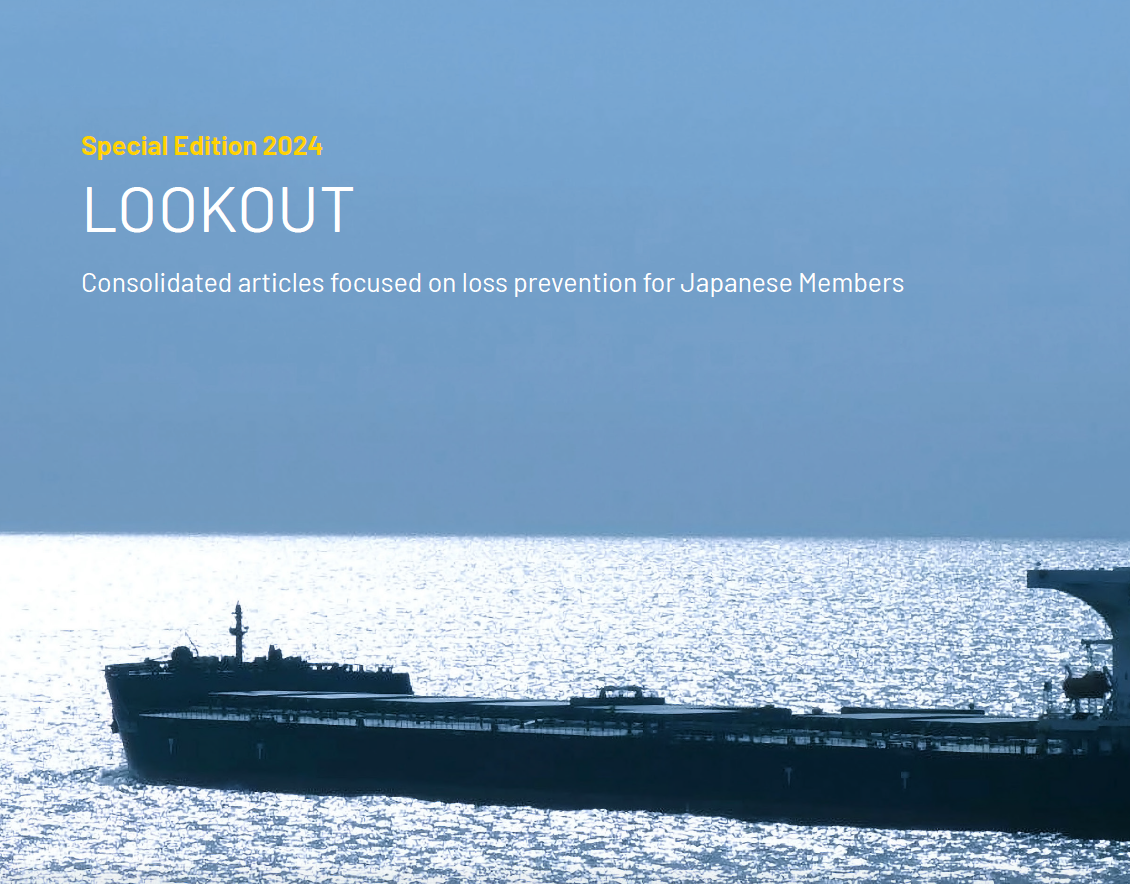A guide to good LNG bunkering practice
The advent of the 2020 global sulphur cap regulation has been driving marine engine technology towards achieving environmental compliance.
The marine engine manufacturers have been developing ship's engines capable of using alternative low-flashpoint and low-sulphur fuels as a way to meet the stringent environmental requirements. In addition, abatement technologies for the reduction of harmful emissions, such as scrubbers, have also been developed.
The use of gas as an alternative low-flashpoint fuel to propel ships is recognised as having certain advantages. Firstly, it allows for an immediate compliance with the latest environmental regulations. Furthermore, being a clean burning fuel, there is potential for reduced maintenance costs and avoiding the necessity for fuel treatment, which is needed for most of the fossil fuels currently used on ships.
Today, the technology required for using LNG as ship's fuel is readily available for reciprocating piston engines and gas turbines, several LNG storage tank types, as well as process equipment, are also commercially available. However, the inevitable long-term growth in demand for LNG fuel used for general shipping will require additional investment in global LNG bunkering infrastructure.
The most common gases used in this respect are Liquefied Petroleum Gas (LPG) and Liquefied Natural Gas (LNG). LNG bunker operations have started to gain momentum. There are many ports in Europe, North America and Asia, where LNG, as a low-flashpoint fuel, can be supplied to ships. However, there is presently insufficient data relating to LNG bunkering incidents and claims.
LNG carriers have been safely using cargo "boil off" as fuel for many years. However, introducing LNG as a fuel on other types of vessels requires crews and management companies to address additional safety measures and operational procedures.
For further information, do not hesitiate to get in touch with the UK Club loss prevention department or your usual Club contact.




